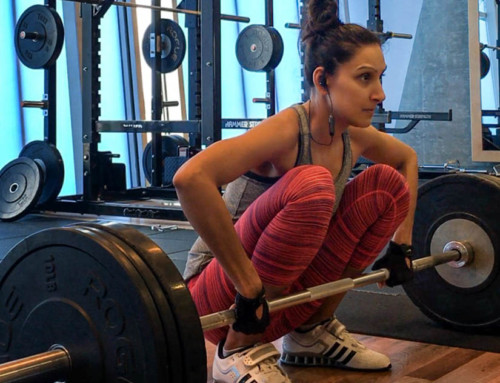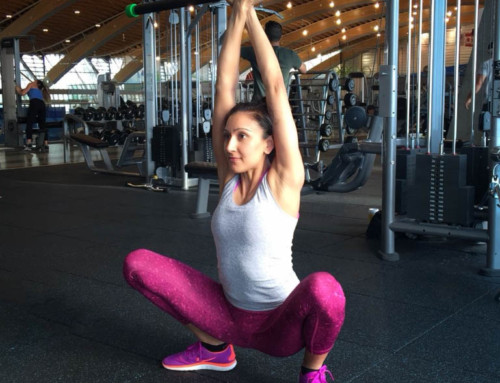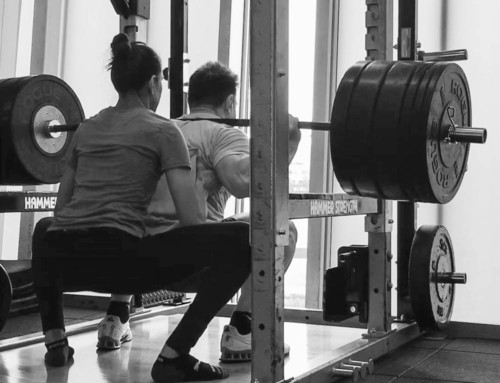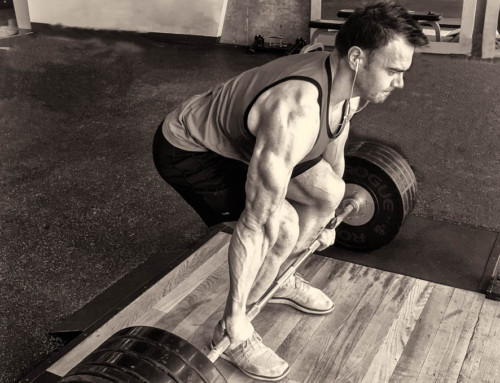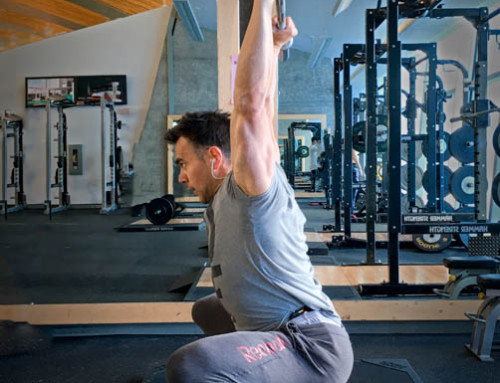We continue our conversation on Leaner series here with a focus on hybrid training and how to design an effective training program.
Related Articles:
Benefits of Anaerobic Training: Routines that kick it up a Notch
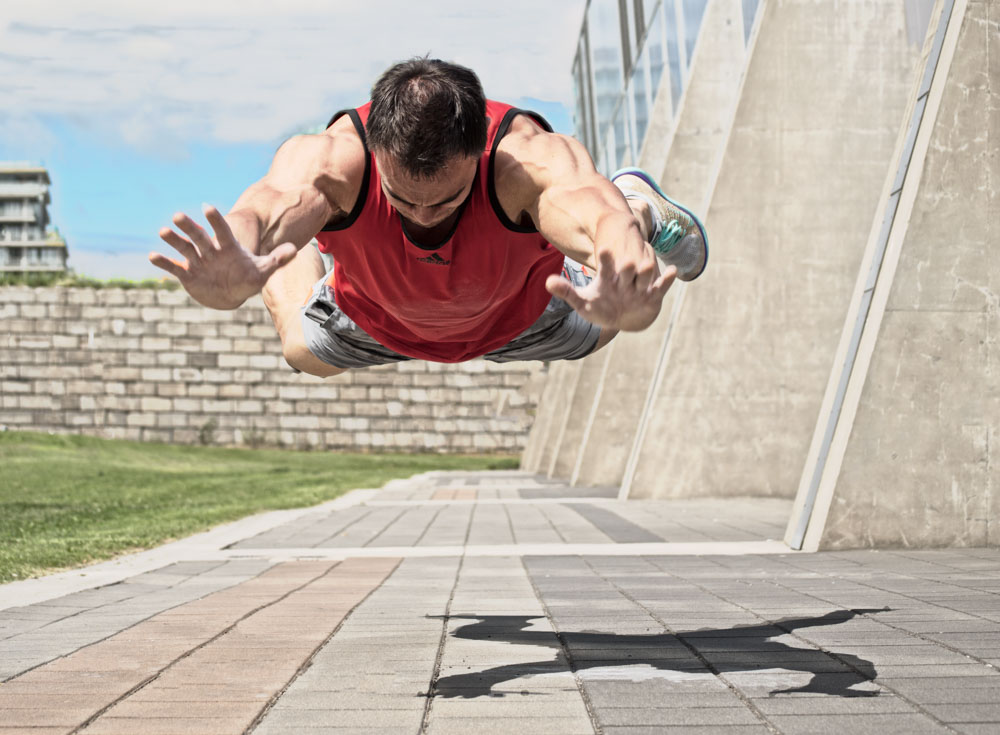 In previous posts, we learned how the body responds to exercise by identifying type of physical stress (ie: barbell deadlifts versus 5 km run), engaging appropriate muscles and generating force. Exercise noticeably raises body’s metabolism – fuelling all involved chemical processes during and after mechanical overload. Furthermore, ATP is continuously resynthesize through three energy systems by utilizing sugar, fat and protein from body reservers and consumed food.
In previous posts, we learned how the body responds to exercise by identifying type of physical stress (ie: barbell deadlifts versus 5 km run), engaging appropriate muscles and generating force. Exercise noticeably raises body’s metabolism – fuelling all involved chemical processes during and after mechanical overload. Furthermore, ATP is continuously resynthesize through three energy systems by utilizing sugar, fat and protein from body reservers and consumed food.
The ideal case scenario is to use energy produced through fat metabolism to fuel muscle hypertrophy (generating greater lean body mass). But, how do we create an external environment in form of training routine to cause this desired metabolic affect? It is a well known that aerobic pathway utilizes the most fat reserves to produce energy used during exercise and recovery. But, very few of us have the time to run a miles (or kilometers) on daily basis in order to enhance these benefits. An efficient option to maximize on this time crunch reality is by training aerobic and anaerobic systems simultaneously in a hybrid style approach.
In this article, we’ll discuss the concept of hybrid exercise and how it builds strong lean physique while burning fat.
Hybrid Training Applications
Designing a training application towards any biomotor ability whether it’s strength, speed, power or agility can be daunting. For majority of us, the fitness goals revolve around being healthy and looking better in the mirror. We desire to shed body fat while attaining more muscle tissue. Apart from aesthetics, fitness goals should also include better body movements through improved balance, mobility and flexibility. Since sport specific performance is not a primary objective, we can introduce a hybrid strategy towards our exercise sessions. We will incorporate weightlifting approach with other body movements – strength and power.
This is not concurrent style training, but rather a metabolic conditioning protocol allowing the body to produce significant amount of work in designated time period. The body will respond to applied exercise by raising its metabolism, thus speeding up internal processes. Such state promotes development of primal and assistant components involved in production of physical force as well as repair and recovery. As a result, the body becomes more efficient through faster recovery and greater lean body mass, along with more responsive bioenergy systems and increased metabolic flexibility.
Approach to Hybrid Training
Physical exercise like any stressor, generates a general response by engaging numerous portions of the body including nervous, musculoskeletal and endocrine systems. These body systems depend on each other, working in a coordinated manner during physical activity. As the result, the body generates force while continuously monitoring, analyzing and adjusting working systems for maximum efficiency.
By considering principles of specificity towards attaining described goals, we should select exercises closely resemble body movements. Full body training sessions engage more muscle tissue as well as improve functionality within each working muscle group and cooperation between different muscles during exercise — intra- and intermuscular coordination. Furthermore, number of scientific studies show full-body protocols produce greater muscle hypertrophy compared to split-body routines.
At the start of any physical bout, be it strength or endurance or both, all three bioenergy systems (ATP-CP, Anaerobic Glycolysis and Oxidative System) initiate energy supply by resynthesizing ATP. As the physical activity time extends, the body continuously looks for the most efficient method for producing required energy. This results in oxidative system becoming the prominent contributor of ATP resynthesis during prolonged activity as well as recovery periods.
Although we can not discount our physiology, we can create conditions adjusting some of the response. This involves training and developing Glycolysis system. Proper anaerobic training is incredibly difficult, pushing the body into a very uncomfortable territory. For example, a true Tabata protocol of 20 seconds on and 10 seconds off – demanding a full out effort often equating to 170 percent of your VO2max; these are painful numbers that very few of us are willing to endure. The popular approach incorporates exercises using combination of both aerobic and anaerobic pathways. These include short bursts of high effort followed by a longer and lighter intensity periods – often referred to as HIIT (high intensity interval training).
Metabolic Conditioning
Creating a training plan does not need to be complicated, but simply incorporate some new with old methods. If you play or played specific sports, adapting some of the sport specific drills will be a great start. Most sport related circuits not only include total body but also incorporate some power, mobility and flexibility components as well. Protocols involving any type of plyometric work, speed drills, quick feet are all good options to boost metabolism, engaging many different muscle groups while coordinating and balancing the movements. Such training is also more enjoyable and often exercise variations can be done outdoors. Another advantage of doing familiar drills from the past, is that you know what to expect from such exercises in terms of tempo, intensity and personal body response.
If you want to try something different, a good start is calisthenics workout circuits involving bodyweight exercises. Also by introducing a resistance band, will further expand your exercise options. This doesn’t mean that cable machines and free weights are a poor options for such circuits, but bodyweight exercises will be able to generate more of an anaerobic environment faster while limiting risk of injury.
Final Thoughts
There are various ways to structure exercise sessions to increase number of abilities including: strength, endurance, speed, power and agility. A hybrid training approach can be used for purposes of attaining lean muscular physique while improving overall mobility, flexibility and balance. Such goals translate into an exercise strategy through full body training of work intervals of higher intensity, followed by brief transitional periods. These workouts promote both anaerobic and aerobic energy pathways producing a hybrid style body response to prescribed physical protocol. The training sessions recruits greater amount of muscle fibers in order to continue to produce force during later activity periods. This causes significant increase in metabolic rate, increasing energy consumption necessary for during and post exercise periods.
Sample Hybrid Training Plan
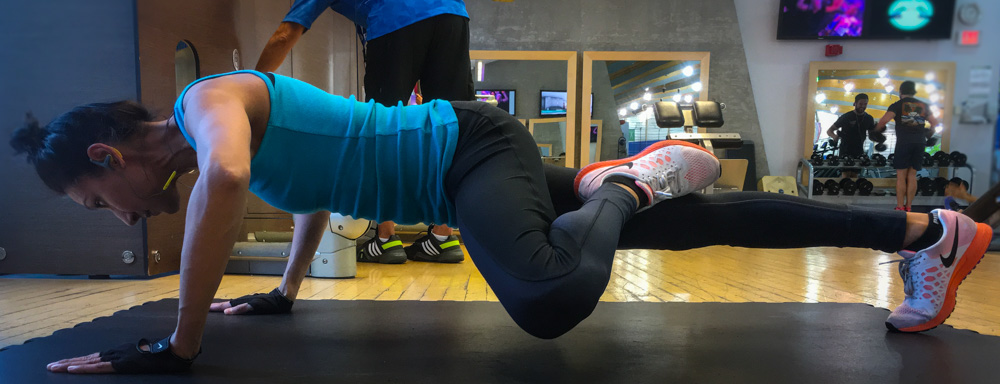 In the sample plan below, we have provided two training sessions that can be used together or, added to your already existing exercise routines.
In the sample plan below, we have provided two training sessions that can be used together or, added to your already existing exercise routines.
Session 1
Warm up / Dynamic warm up before every session.
The cardio component is to be done at moderate to high pace. The bodyweight exercises are to be done with control using proper form.
- Rowing machine – 200 meters (higher pace)
- Push-ups (on floor or bench) X 15
- Bodyweight Deep Squats (full range of motion, to the floor) X 10
- Rowing machine – 300 meters (moderate pace)
- Banded Rows (or Bodyweight inverted rows) X 15
- MB or DB Back lunge with opposite Torso twist X 10 / side
- Rowing Machine – 200 meters (higher pace)
These 7 exercises is one round. At the end of the round take 60 – 90 seconds rest. Do 3 – 5 rounds and evaluate your body response. If rounds are too simple, adjustment options include: increasing the repetitions for all exercises by 5; decreasing rest periods between rounds to maximum 45 seconds; working towards increasing overall number of rounds towards 8.
Session 2
Warm up / Dynamic warm up before every session.
The bodyweight exercises are to be done with control using proper form. Jump style exercise are to be accelerated through concentric (positive) contraction.
- Deep Squat Vertical Jumps X 5
- Pull-ups (use resistance band if needed) X 5
- Full Burpees X 10
- Jack-knife push ups (place feet on platform creating a pike position) X 10
- Speed Skater side to side Jumps X 5 / leg
- Jack-knife sit-ups (or V-Ups) X 10
- Long Jumps X 5
- High to low to high Plank X 20
Attempt using intensity through round progression. Transition between exercises takes around 10-15 seconds which is the down time of this HIIT sessions. This circuit consists of 8 exercises is one round. At the end of the round take 60-90 seconds rest. Do 3-5 rounds to see how your body responds. With each round, increase the repetitions by 2 for each exercise. Try to become more explosive through vertical and long jumps during later training rounds. Side to side skater jumps, should be done in control loading each leg and controlling the movement for greater balance. You can also decrease rest periods between rounds, by pyramiding downwards under 60 seconds mark.
If this type of training appeals to you, be sure to check out our Stronger Leaner Faster Books, specifically:
Male: Phase 2
Female: Phase 2 and 5

